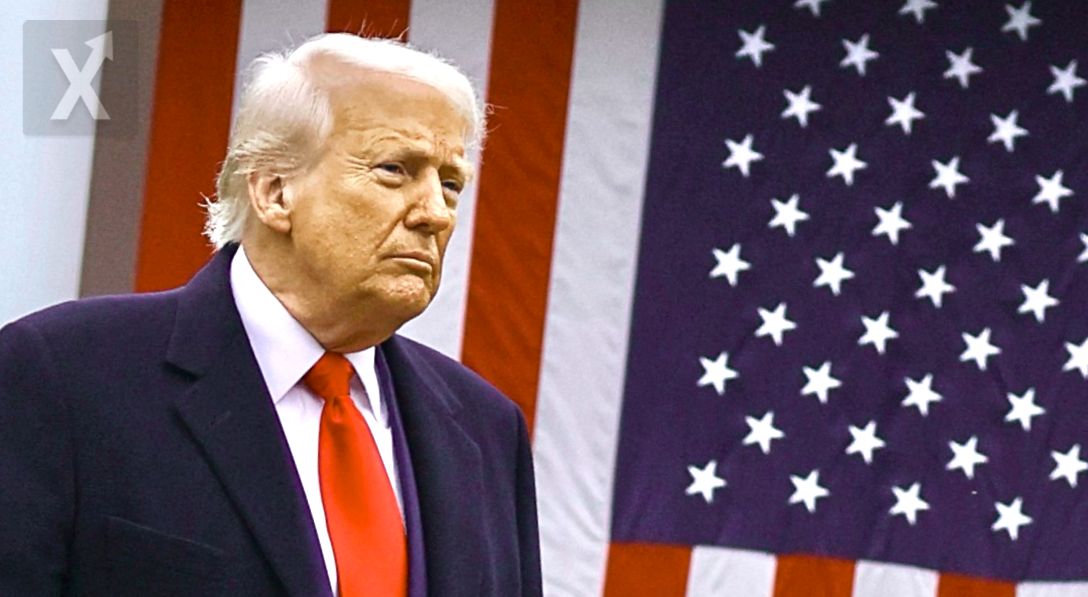Mexico Loses Ground in Trade With the U.S. Due to Tariff Hikes; U.S. Trade Deficit Grows Sharply

The recent tightening of tariff policies in the United States has triggered a historic increase in the country’s trade deficit, significantly affecting its main trading partners, including Mexico. Data from the U.S. Department of Commerce report that the goods deficit reached a new high of $424.61 billion in the first quarter of 2025, compared to $248.48 billion in the same period the previous year. This figure represents 4.2% of the U.S. GDP, the highest percentage in the last 17 years and a surge reminiscent of the months leading up to the 2008 financial crisis.
The tariff escalation, driven by the Trump administration, aimed to strengthen domestic industry, reduce imports, and protect American jobs. However, the real effect was different: the imposition of new tariffs accelerated the front-loading of imports, particularly in machinery, automobiles, technology components, and industrial materials, as companies and consumers rushed to get ahead of the expected price increases from the new restrictions. According to experts from the Progressive Policy Institute and the Center for Economic and Policy Research, this behavior ended up replacing domestic consumption and slowing internal economic growth.
Globally, trade statistics reveal notable movements in the ranking of the U.S.’s deficit partners. While China remained the primary source of the deficit, Ireland rose to second place, and Mexico dropped from second to fourth, overtaken by Switzerland. This reshuffling reflects the uneven impact of trade barriers and highlights changes in global supply chains, where Mexico has traditionally played a strategic role as a key manufacturing hub for exports to its northern neighbor.
For Mexico’s economy, these developments pose both immediate and structural challenges. On one hand, falling in the deficit partner ranking likely points to a contraction in U.S. demand for Mexican-manufactured goods—a sector fundamental to national economic growth, industrial employment, and foreign currency inflows. Various Mexican industries—particularly automotive, electronics, and auto parts—have grown thanks to close integration with the U.S. market, a dynamic that could be threatened if the protectionist shift takes hold. At the same time, rising tariffs on key inputs may drive up production costs within Mexico, undermining the competitiveness of Mexican exports.
In the short term, the effects of tariffs may continue to show up as elevated imports in coming trade reports. However, there’s an expectation that by summer, this trend could moderate if U.S. consumption slows or even enters into recession, as some analysts project. Historically, recessionary periods have brought a contraction in the demand for imported goods, which tends to reduce the deficit. Beyond the current situation, however, structural factors persist—namely, differences between U.S. savings and investment rates and a chronic tendency toward higher spending, both of which limit the effectiveness of protectionist measures.
Institutions such as the Dallas Federal Reserve and the National Bureau of Economic Research agree that tariff policies have limited effectiveness in correcting trade deficits if consumers do not reduce their demand for imported goods, even when prices rise. They also warn that a more protectionist environment may discourage foreign investment, ultimately hurting economic growth and industrial competitiveness both in the U.S. and among its close partners, including Mexico.
In summary, the hardening of tariffs in the United States has led to an unexpected increase in its trade deficit and altered Mexico’s position in bilateral trade. This underscores the vulnerability of the Mexican economy to abrupt changes in its main trading partner’s policies. In the near term, outcomes will depend both on policy developments in Washington and on Mexico’s ability to diversify its markets and strengthen its domestic economy in the face of these external challenges.






